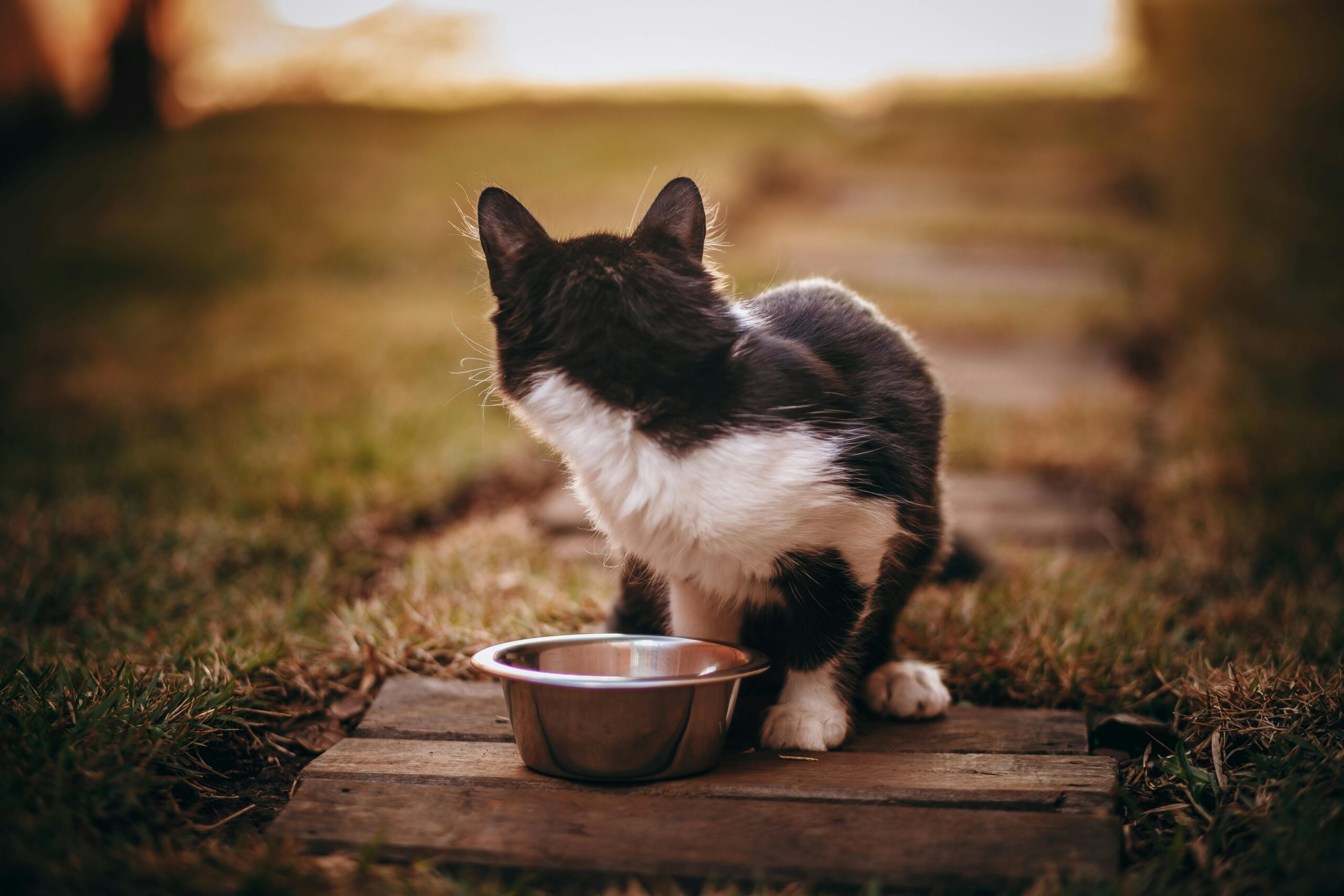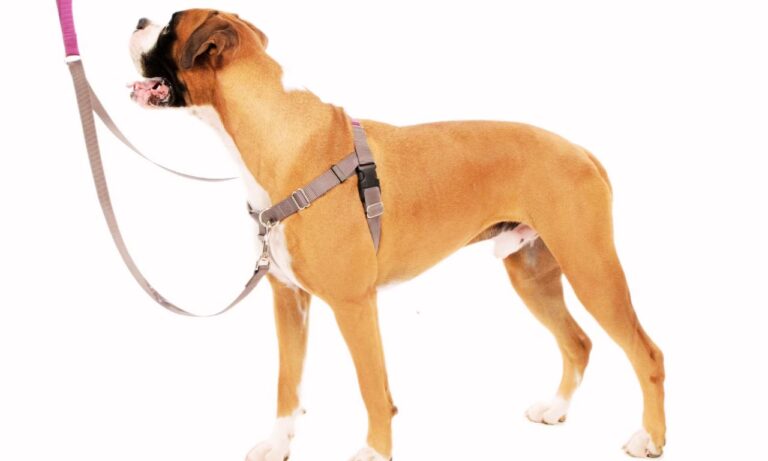| Summary: A renal diet for cats is designed to support kidney health by reducing phosphorus, sodium, and protein while increasing moisture and essential nutrients. It helps slow kidney disease progression and prevents further damage. Wet renal diets are preferred for hydration. Always consult a vet before switching to a renal diet. |
Cats suffering from kidney disease require special dietary considerations to manage their condition and improve their quality of life. A renal diet is specifically designed to support kidney function by reducing the workload on the kidneys while ensuring the cat receives the necessary nutrients.
I will explore everything you need to know about a renal diet for cats, including its benefits, key components, recommended foods, and how to transition your cat to this diet effectively. Discover what size collar is best for a French Bulldog puppy to ensure both safety and comfort during their growing stages.
Blog Highlights
ToggleQuick Fix FAQ Guide
| Question | Answer |
| What is a renal diet for cats? | A specialized diet low in phosphorus, sodium, and protein to support kidney function. |
| Why do cats with kidney disease need a renal diet? | It reduces kidney workload, slows disease progression, and prevents further damage. |
| Is wet or dry renal food better? | Wet food is preferred for hydration, but some cats may eat renal dry food. |
| Can I feed homemade renal diets? | Only with a vet’s guidance to ensure proper nutrient balance. |
| How do I transition my cat to a renal diet? | Gradually mix it with regular food over 7-10 days to avoid digestive upset. |
1. Understanding Kidney Disease in Cats
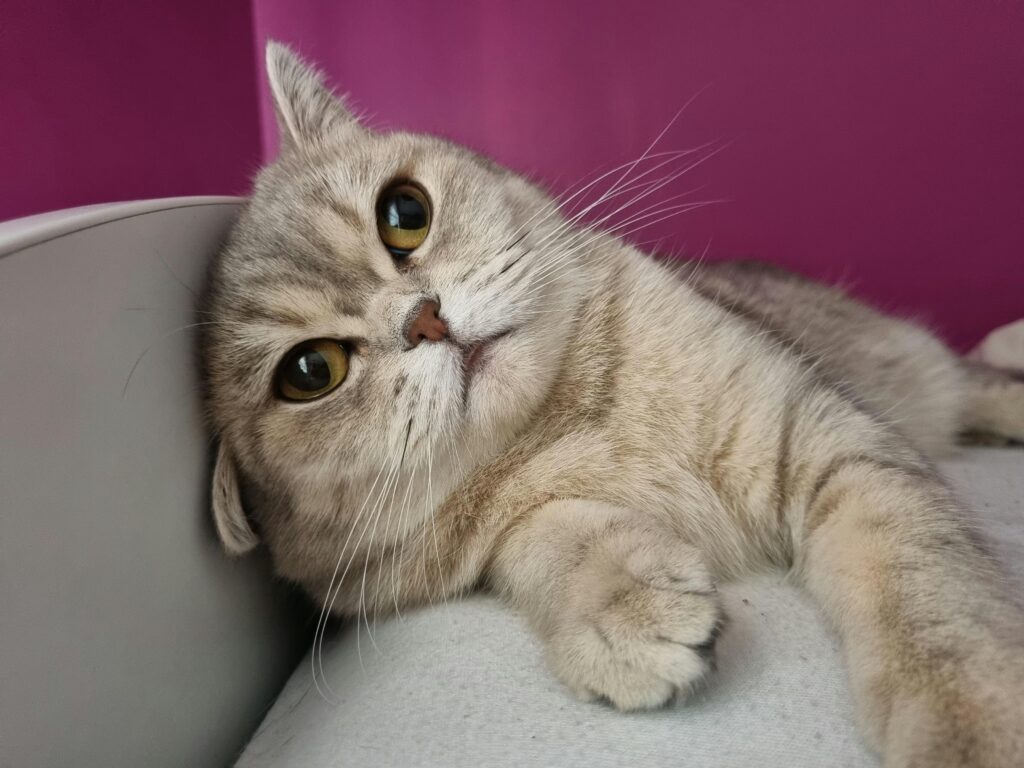
What Is Chronic Kidney Disease (CKD)?
Chronic Kidney Disease (CKD) is a common condition in older cats, where the kidneys gradually lose their ability to filter waste products from the blood. This results in toxin buildup, dehydration, and imbalances in essential nutrients. Kidney disease is progressive and cannot be cured, but with proper dietary management, its progression can be slowed down, and the cat’s quality of life can be improved.
How Common Is Kidney Disease in Cats?
Studies suggest that 1 in 3 cats over the age of 10 develops kidney disease, making it one of the leading health concerns in aging felines. CKD often goes unnoticed in the early stages, which is why regular veterinary checkups and blood tests are crucial for early detection. Understand if French Bulldogs can wear dog collars and how it affects their neck structure and overall health.
2. Why Diet Matters for Cats with Kidney Disease
Reducing the Kidney’s Workload
The kidneys play a crucial role in filtering out waste products, balancing electrolytes, and maintaining hydration. When they are compromised, they struggle to perform these functions efficiently. A renal diet is formulated to reduce waste production while still providing necessary nutrition.
Improving Hydration and Energy Levels
Cats with kidney disease often suffer from dehydration due to their kidneys’ inability to retain water properly. A renal diet typically includes moist food with higher water content, which helps maintain hydration levels and prevent further kidney damage.
3. Key Components of a Renal Diet for Cats
1. Low Protein but High-Quality Sources
Protein is essential for a cat’s health, but in cats with CKD, excessive protein intake can increase the workload on the kidneys. A renal diet includes moderate to low protein levels (28-35%), ensuring that the protein used is of high biological value to provide essential amino acids without producing excessive waste.
2. Reduced Phosphorus Levels
Phosphorus is a mineral that plays a significant role in kidney disease progression. When the kidneys fail, they struggle to filter phosphorus, leading to high blood phosphorus levels, which can damage bones and further deteriorate kidney function. A renal diet typically contains 0.3-0.6% phosphorus, compared to 0.8-1.5% in regular cat food.
3. Increased Omega-3 Fatty Acids
Omega-3 fatty acids, particularly from fish oil, help reduce kidney inflammation and slow disease progression. A renal diet often includes DHA and EPA, which support overall kidney health.
4. Controlled Sodium and Potassium Levels
Cats with kidney disease often experience electrolyte imbalances. Excess sodium can lead to high blood pressure, so a renal diet keeps sodium levels low while adjusting potassium levels to prevent deficiencies.
5. Higher Moisture Content
Since dehydration is a common issue in CKD cats, a renal diet focuses on wet or canned food options that contain at least 70% moisture. This helps maintain hydration and reduces stress on the kidneys. Explore the best dog collars for French Bulldogs to keep them comfortable while ensuring durability and style.
4. Best Foods for Cats on a Renal Diet
Prescription Renal Diets
Veterinary-prescribed renal diets are specifically formulated to support kidney health. Some of the most recommended brands include:
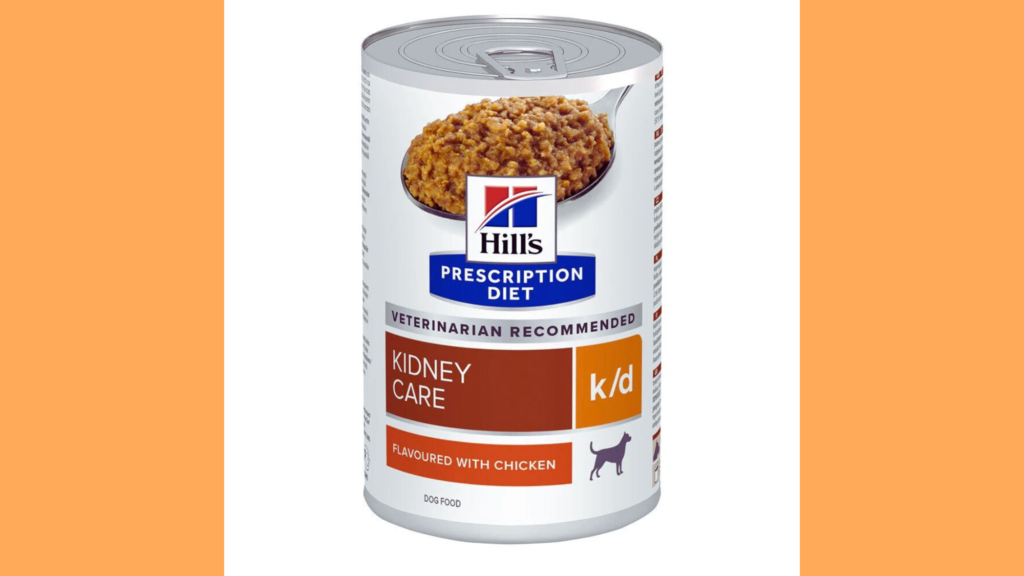
- Hill’s Prescription Diet k/d – Contains controlled phosphorus, high-quality protein, and added Omega-3s.
- Royal Canin Renal Support – Designed to improve appetite with multiple flavor options.
- Purina Pro Plan NF Kidney Function – Features reduced phosphorus and moderate protein.
Homemade Renal Diet Options
For pet owners who prefer homemade diets, consulting with a veterinarian or a pet nutritionist is essential. A homemade renal diet typically includes:
- Cooked egg whites (low in phosphorus, high in protein)
- Boiled chicken or turkey (in moderation)
- Pumpkin or sweet potatoes (fiber-rich, supports digestion)
- White rice or pasta (easily digestible carbohydrates)
- Omega-3 supplements (fish oil or flaxseed oil)
Note: Homemade diets must be carefully balanced to ensure they meet a cat’s nutritional needs without worsening their kidney condition.
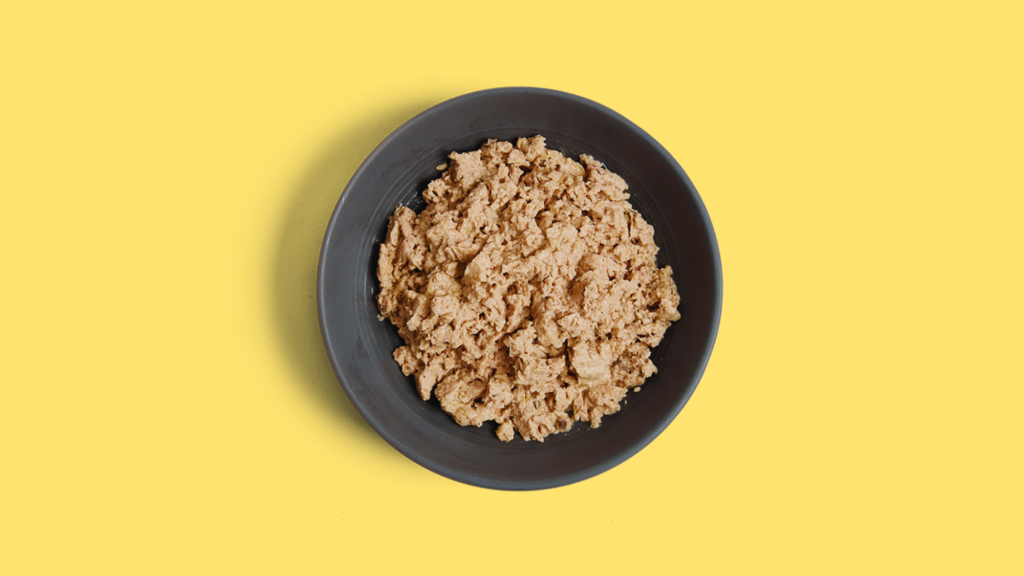
5. How to Transition Your Cat to a Renal Diet
Gradual Introduction
Cats are known for being picky eaters, and sudden dietary changes can lead to food refusal. Transition your cat over 7-14 days by gradually mixing the renal diet with their current food.
Encouraging Appetite
Some CKD cats may have a reduced appetite. To encourage eating:
- Warm the food slightly to enhance its aroma.
- Add a small amount of tuna water (not brine) for flavor.
- Offer smaller, frequent meals to prevent nausea.
6. Common Challenges and Solutions
1. What If My Cat Refuses to Eat the Renal Diet?
- Try different brands and textures (pate, chunks in gravy, etc.).
- Offer low-phosphorus alternatives like scrambled egg whites.
- Consult a vet about appetite stimulants if necessary.
2. Can I Mix Regular Food with a Renal Diet?
Mixing regular food with a renal diet can dilute the benefits, but if it’s the only way to get your cat to eat, it’s better than complete refusal. Work toward a gradual switch. Find the best dog collars for Dachshunds that accommodate their long bodies and prevent strain on their necks.
7. Benefits of a Renal Diet for Cats
1. Prolongs Lifespan
Studies have shown that cats on a renal diet live up to twice as long as those fed regular diets after a CKD diagnosis.
2. Improves Hydration and Reduces Symptoms
Wet renal diets help keep cats hydrated, reducing symptoms like lethargy, constipation, and excessive thirst.
3. Slows Disease Progression
By reducing phosphorus and optimizing nutrition, a renal diet slows kidney function decline, helping cats maintain a good quality of life.
8. Managing Your Cat’s Renal Diet Long-Term: Practical Tips for Pet Owners
Once your cat has transitioned to a renal diet, maintaining their health requires consistency, close monitoring, and adjustments as needed. Since chronic kidney disease (CKD) is a progressive condition, a well-managed diet can significantly impact your cat’s longevity and overall well-being. Here are practical long-term strategies to ensure your cat thrives on a renal diet.
1. Monitor Your Cat’s Weight and Appetite
Cats with kidney disease often experience fluctuating appetite due to nausea, dehydration, or changes in their sense of taste. Pet owners must regularly track their cat’s weight and eating habits to detect any concerning changes early.

- Weigh your cat weekly: Sudden weight loss could indicate that the diet needs adjustment.
- Observe their food intake: If your cat starts refusing their renal food, consult your vet for alternative options or appetite stimulants like mirtazapine.
- Try different textures and flavors: Some cats prefer dry kibble, while others respond better to wet or semi-moist food. Experimenting can help maintain interest in their meals.
2. Keep Your Cat Hydrated
Dehydration is one of the biggest risks for cats with CKD, as their kidneys lose the ability to concentrate urine effectively. Proper hydration can slow disease progression and keep your cat more comfortable.
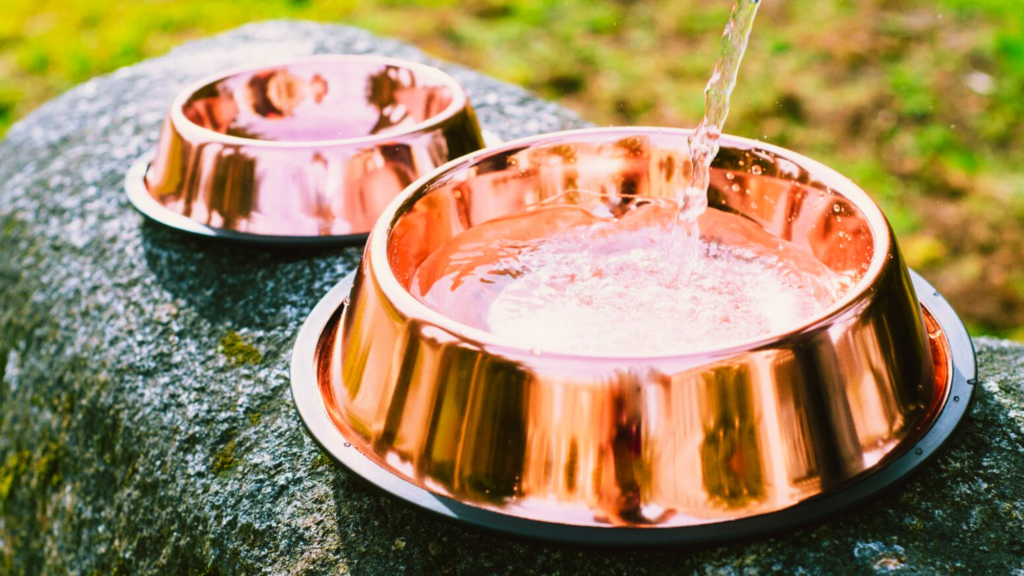
- Offer fresh water in multiple locations: Cats tend to drink more when water is easily accessible.
- Use a cat water fountain: Many cats prefer running water over stagnant bowls.
- Mix water into their food: If your cat eats wet food, you can add extra water or low-sodium broth to boost hydration.
3. Adjust the Diet Based on Disease Progression
As kidney disease progresses, your cat’s dietary needs may change. Routine bloodwork and vet checkups (every 3-6 months) help assess whether adjustments are needed. Some possible dietary modifications include:
- Further reducing phosphorus levels if kidney function continues to decline.
- Adjusting protein intake to prevent muscle loss while minimizing kidney stress.
- Adding phosphorus binders like aluminum hydroxide if phosphorus levels remain too high despite dietary changes.
4. Incorporate Supplements for Kidney Support
Certain supplements can provide additional support to your cat’s kidneys and overall health:
- Omega-3 fatty acids (EPA & DHA): Help reduce kidney inflammation and slow disease progression.
- Vitamin B complex: CKD cats often lose B vitamins through increased urination, leading to weakness and poor appetite.
- Potassium supplements: Some CKD cats develop low potassium levels, causing muscle weakness. Your vet may recommend potassium gluconate.
5. Providing Comfort and Emotional Support
A renal diet is only part of managing CKD—your cat’s emotional well-being is equally important. Since kidney disease can make cats feel unwell at times, gentle care, stress-free feeding routines, and lots of affection can help them cope better.
- Offer food in a quiet, stress-free environment.
- Use shallow bowls to prevent whisker fatigue.
- Be patient—if they reject food, try again later with a warmed-up or slightly different option.
By following these long-term strategies, you can help your cat stay comfortable, nourished, and happy despite their kidney disease diagnosis. Regular monitoring, hydration, and small dietary adjustments can make a significant difference in your feline friend’s quality of life.
Conclusion: Why a Renal Diet Is Essential
Feeding a proper renal diet for cats is one of the most important steps in managing a cat with kidney disease. By reducing phosphorus, adjusting protein intake, increasing moisture, and including kidney-supporting nutrients, pet owners can significantly improve their cat’s comfort and longevity.
If your cat has been diagnosed with CKD, consult your veterinarian to find the best renal diet tailored to their specific needs. Whether using prescription food or a carefully balanced homemade diet, prioritizing kidney health will give your feline companion the best possible quality of life. Get insights into what is best for Dachshunds: a collar or harness for their safety, comfort, and health during walks.

